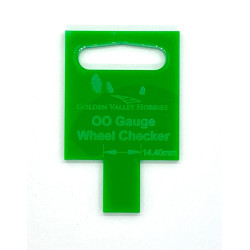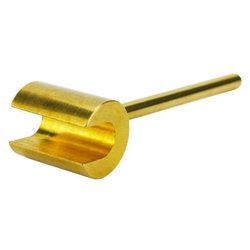Even if officially classified as a hardwood, balsa wood is a very soft wood, so extreme care should be taken when...
No products
Product successfully added to your shopping cart
There are 0 items in your cart. There is 1 item in your cart.
Search Tips
Christmas and New Year
We are dispatching orders every weekday apart from Christmas Day, Boxing Day and New Year's Day.
If you order is time critical, select next day delivery at checkout.
The shop in Sandown is closed from 25th December, reopening on 30th December.
What is the difference between gauge and scale?
In simplest terms, gauge is the description of the perpendicular distance between the top of the rails, whereas scale is a direct ratio between the sizes of the original object and the modelled version. Most model railways will generally refer sizes of their components to a particular gauge, this will not only include the track and locomotives but also other scene elements such as buildings and other infrastructure. This will ensure that a modeller building a layout is using a consistent reference of size for all items used.
Historically, the initial gauges were established by the Nuremberg Toy Factories in the late 19th century. Unfortunately the standardising of gauges and scales was a haphazard evolutionary process that tried to rationalise a series of differing and oft-times contradictory criteria including national inclinations, engineering compromises and that most elusive of terms to define, 'the correct look of something'. The end result inevitably was a series of compromises that have left us with a legacy that both HO and OO are established on 16.5mm gauge. However, HO is based on a scale of 3.5mm/ft, whereas OO is based on a scale of 4mm/ft.
Likewise, the 9mm track gauge has been the basis for three distinctive gauges over the years, namely OOO, N (British) and N (Continental). Historically, OOO was the forerunner of N Gauge but has now largely disappeared as a working gauge. It was based on a scale of 1:150. As previously alluded to, the evolution of a particular gauge is subject to a number of criteria, not least of which is 'National Perspective'. This last point has been very evident in the evolution of N Gauge which now has two distinctive flavours, namely British N Gauge which is based on a scale of 1:148 and Continental N Gauge which is based on a scale of 1:160.
Click here to receive the tips weekly in your mailbox. You can unsubscribe at any time.










